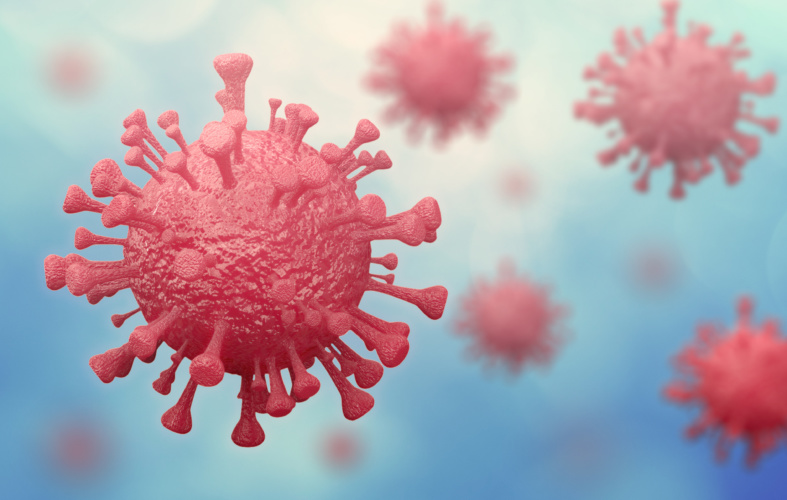software.

The software uses routine blood tests to assist clinical labs with COVID testing, which could help to reduce the number of patients referred for PCR testing.
PCR testing is the current standard diagnostic for COVID-19, but requires specific sampling including nasal swabs and specialised laboratory equipment. Complete Blood Count and Complete Metabolic Panels are common lab tests ordered by emergency departments and have a rapid turnaround time. They can provide insight into the immune system, electrolytes, kidney and liver.
According to researchers, they were able to train a model that analyses changes in these routine tests and assigns a highly accurate probability of the patient being COVID-19 negative. Biocogniv’s chief medical officer Jennifer Joe, an emergency physician in Boston, Massachusetts, said that the software takes just ‘seconds’ to generate its result once blood tests return.
Opinion: Engineer the new normal with AI and automation
UK firm to launch 15-minute test for Covid infection
Cedars-Sinai pulmonary and internal medicine specialist Victor Tapson described how such assistive tools, which help physicians rule out possible diagnoses, are familiar in emergency medicine. “For example, a low D-dimer blood test can help us rule out clots in certain patients, allowing providers to skip expensive, often time-consuming diagnostics such as chest CT scans.”
The Biocogniv team believes a secondary benefit of incorporating AI-COVID could be reduced time for traditional PCR results, enabling providers to better allocate rapid PCR testing for patients who really need it.
The AI-COVID model was validated on real world data from Cedars-Sinai as well as on data from geographically and demographically diverse patient encounters from 22 US hospitals, Biocogniv confirmed, with an under the curve (AUC) of 0.91 out of 1.00.
“This enables the model to achieve a high sensitivity of 95 per cent while maintaining moderate specificity of 49 per cent, which is very similar to the performance of other commonly used rule-out tests,” said Bicogniv chief scientific officer and pathologist George Hauser.
The study is published in the Journal of Medical Internet Research.




Poll: Should the UK’s railways be renationalised?
The term innovation is bandied about in relation to rail almost as a mantra. Everything has to be innovative. There is precious little evidence of...